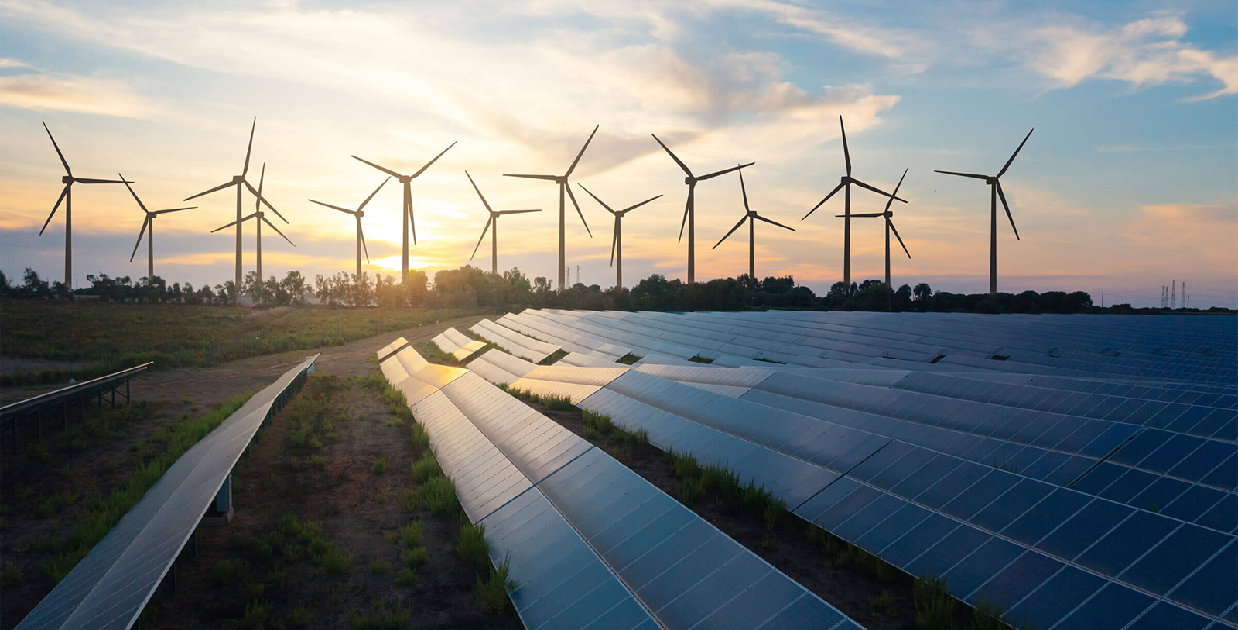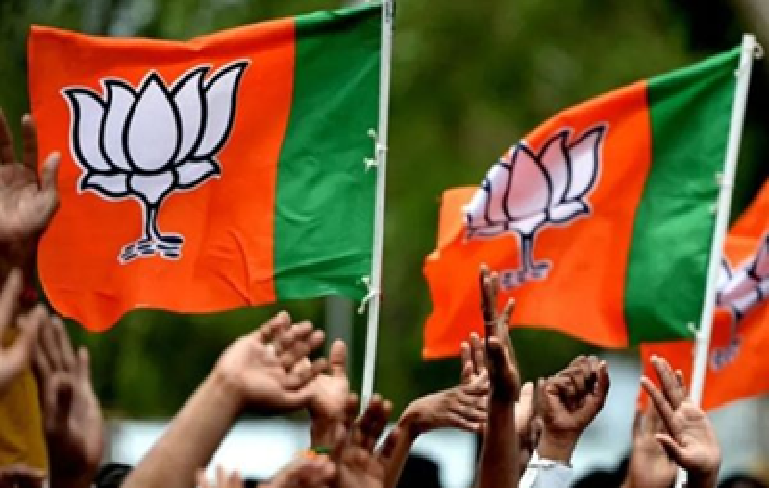
New rain prediction can end forecast woes
In a country like India where, as per 2001 census 72.2 per cent of the population live in about 638,000 villages, agriculture is the mainstay of their livelihood and monsoon rains are awaited with baited breath by farmers. It will be wrong to say only farmers because the powers at the helms who promise doubling of farmers’ income, also spend anxious and sleepless night especially from the month of June to September for the arrival of rain gods.
For if the rains don’t come on time, it would have a cascading effect on farmers’ economic condition, bring down demand from rural households of FMCG goods and tractors, force the government to spend money on importing food grains and worst of all, beng forced to resort to loan waiving measures to give relief to farmers. In long and short, this will create a big hole in the state coffers. There are no ways to control nature and so the rains will come when all climatic parameters are conducive.
Sometimes the rains may come on time, sometimes there will be a deluge causing damage to crops and hitting farmers in more than one ways. Last year, Bihar, Jharkhand and some parts of West Bengal and Uttar Pradesh- three of India’s main rice growing regions- experienced a deficit rainfall of 57 per cent. This resulted in a decline in rice planning by 19 per cent. In stark contrast to this, excessive rains in Gujarat, Madhya Pradesh, Maharashtra and Telangana severely damaged the cotton, soyabean and pulses crops.
Figuratively speaking 60 per cent of Indian population engaged in agriculture, share around 20.5 per cent in the gross domestic product. That is a huge number of people dependent on monsoon rains in the absence of a reliable irrigation system. However, with development in the tools for weather forecast over the last few decades, scientists have been able to predict the arrival of monsoon or rainfall pattern but not to the extent that it would help farmers and the government to plan crop pattern and outputs.
A newly devised AI powered algorithm can now help forecast summer monsoons with enhanced predictability at least 18 months in advance. The algorithm known as predictor discovery algorithm or PDA can facilitate monsoon forecast in time to formulate effective agricultural and economic plans for the country. Though researchers have made significant strides over the past century in understanding the variability and predictability of monsoon, the ‘skillful prediction’ of rains even one month in advance has remained a daunting task.
At present the actual skill of monsoon forecast are available at longer lead times of 6, 12, 18, 24- months ahead of the season only. But the new AI based forecast model has now given hope to farmers and authorities alike. Scientists at the Institute of Advanced Study in Science and Technology (IASST), Guwahati and their collaborators have found that the widely used sea surface temperature (SST) has not been helpful in calculating long-lead prediction rains.
The team of scientists from IASST Indian Institute of Tropical Meteorology (IITM), Pune, and Cotton University, Guwahati, have devised the PDA that generates predictor at any lead month by projecting the ocean thermocline depth (in the thermocline, temperature decreases rapidly from the mixed upper layer of the ocean to much colder deep water in the thermocline) over the entire tropical belt between 1871 and 2010 onto the correlation map between rains and ocean thermocline depth over the same period. With the newly discovered basis of long-lead Indian Summer Monsoon Rains predictability in place, scientists are now able to make 18-months lead forecast rains between1980 to 2011.
The findings published in Quarterly Journal of the Royal Meteorological Society paves way for the long-lead skilful prediction of monsoon rains even up to one year ahead of the season. Such predictions are likely to be highly useful for both the policy makers and farmers in planning and making the country’s food production resilient to increasing vagaries of monsoon rains, all thanks to the phenomenon of global warming.
 English daily published in Bengaluru & Doha
English daily published in Bengaluru & Doha






